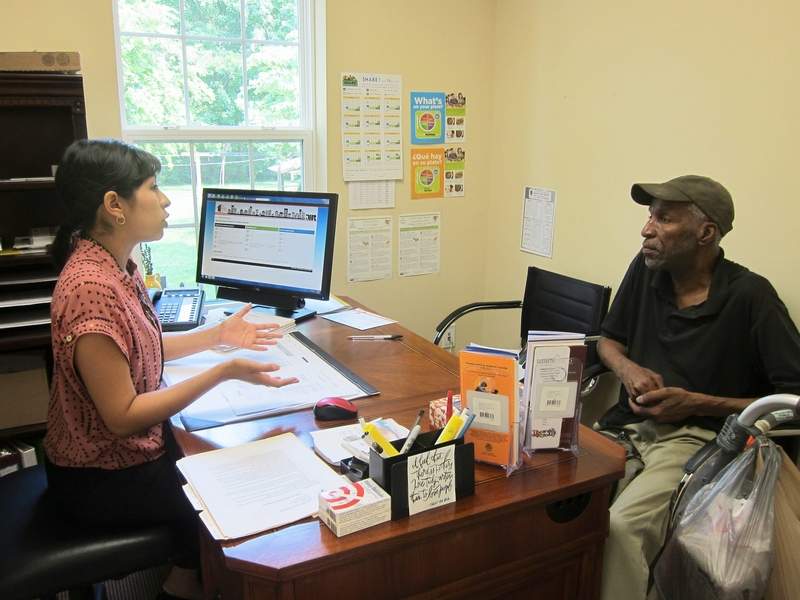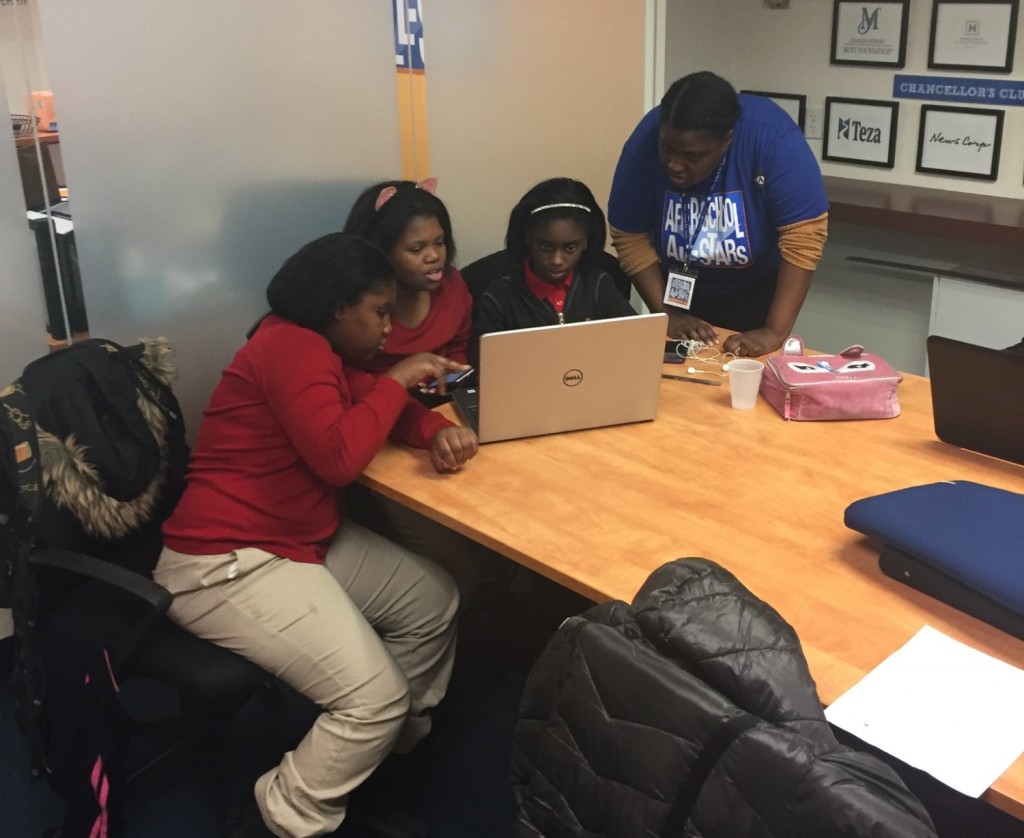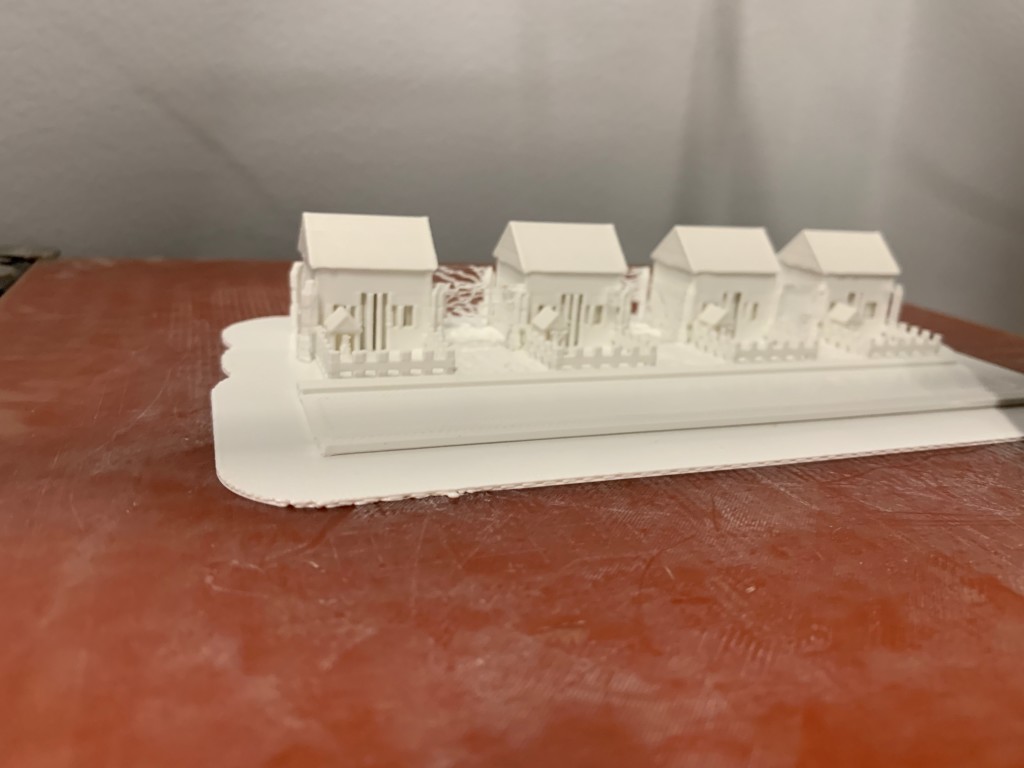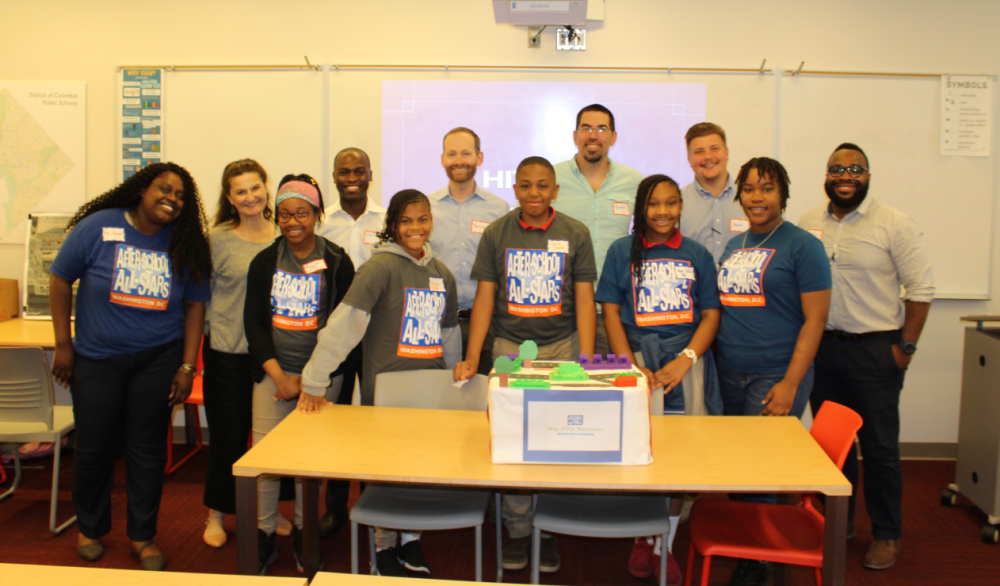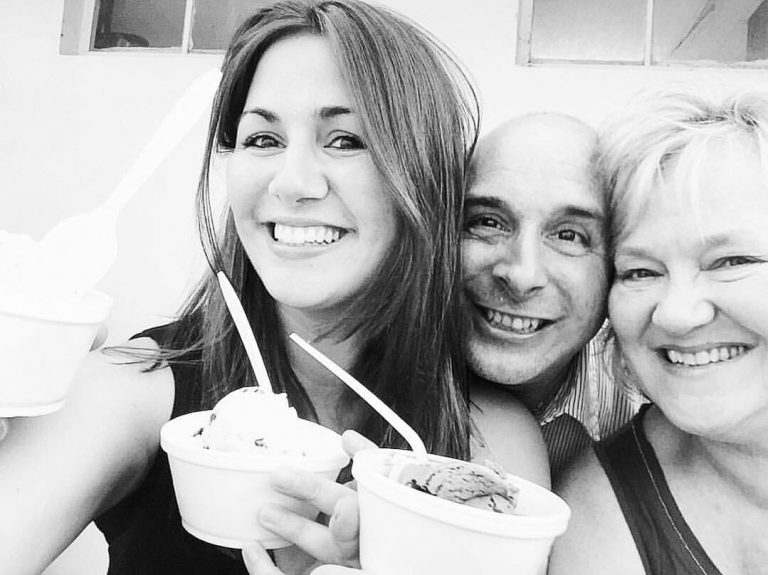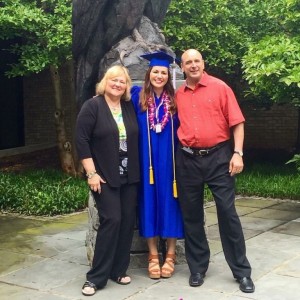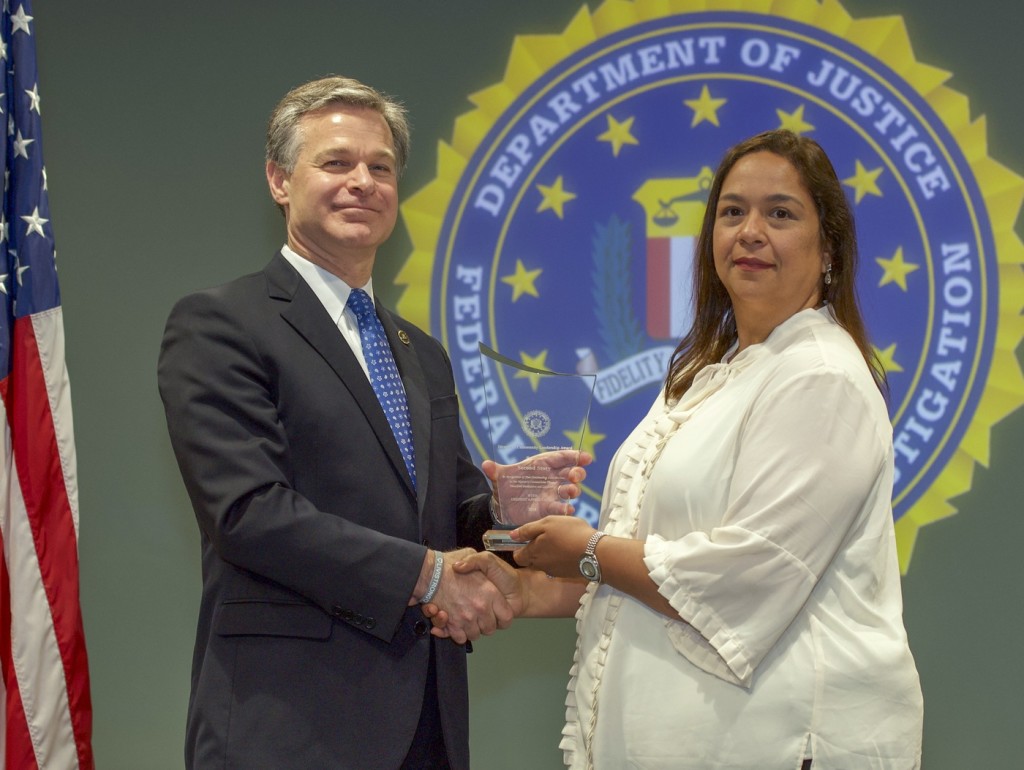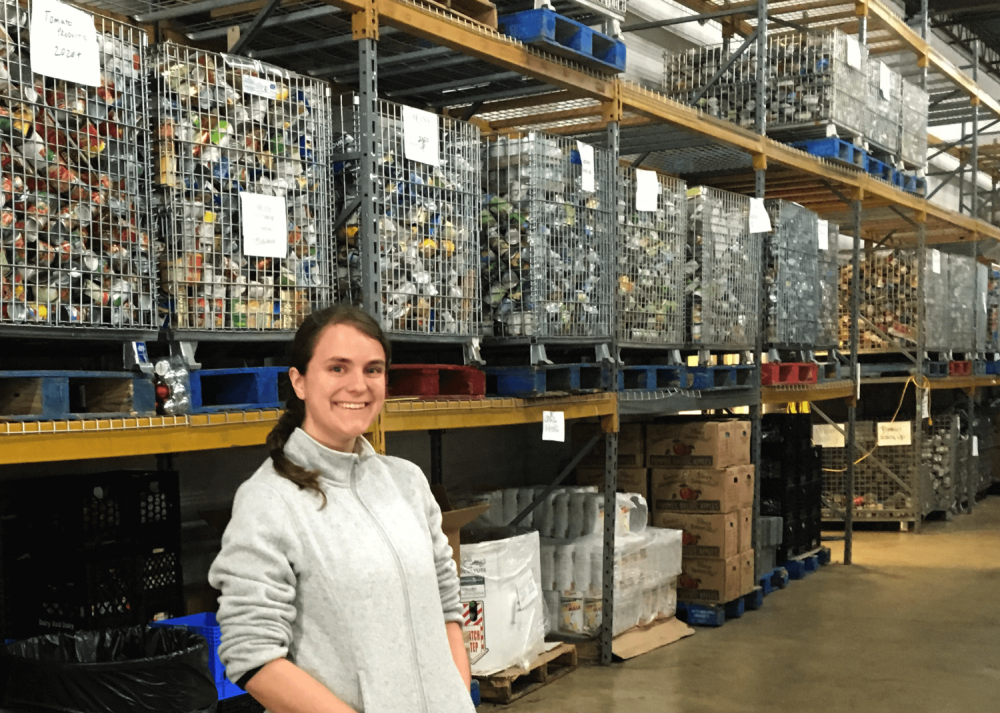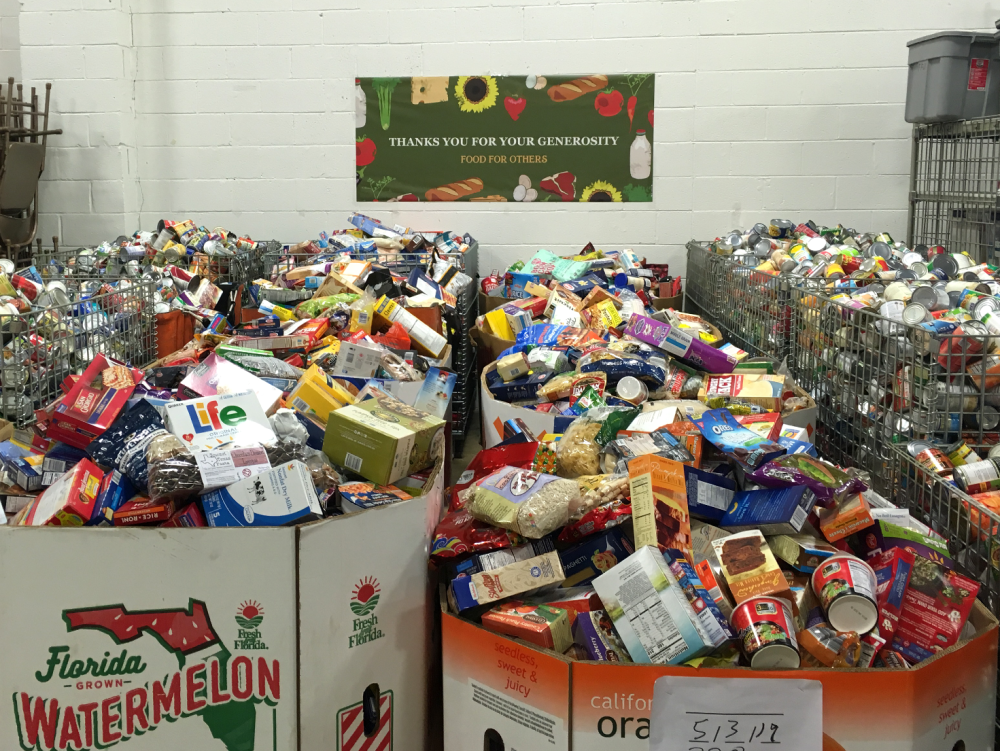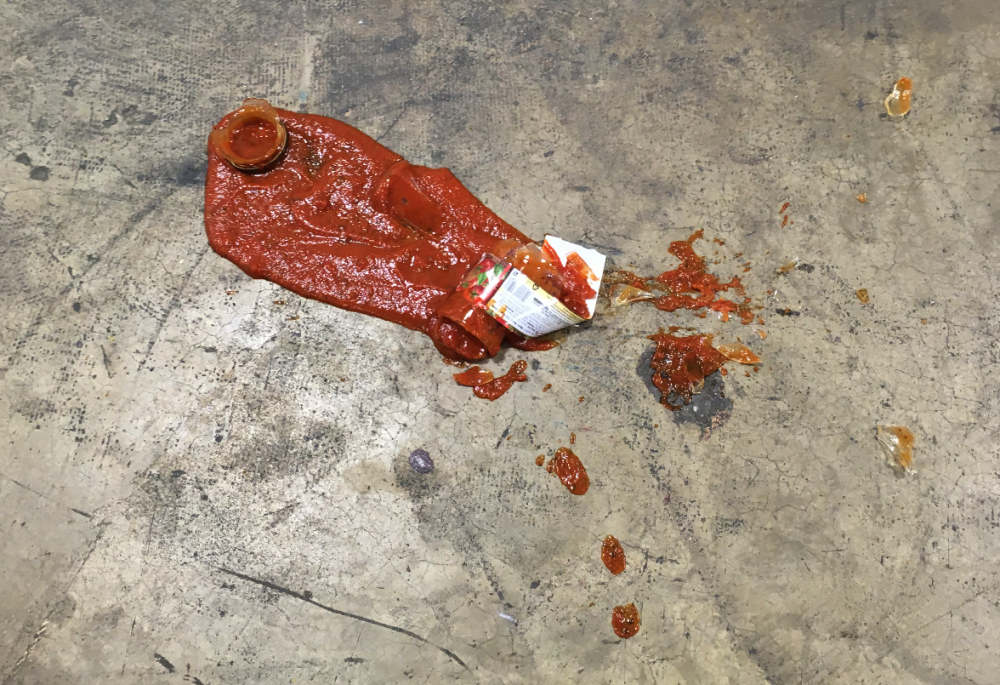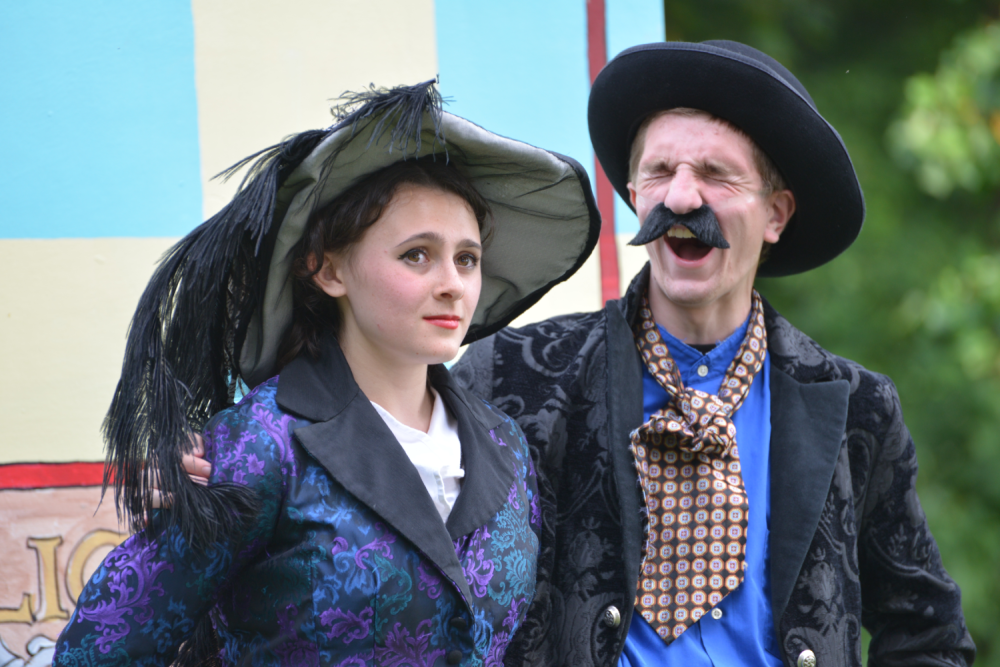 Laurel Advocacy & Referral Services, Inc. (LARS) opened its doors in 1987, serving as a solution to a growing problem in the Laurel community. Local congregations were receiving increasing numbers of requests for food and financial help. Church funds could only stretch so far, and they couldn’t be sure if the need was genuine or if other congregations had already helped. This prompted congregation leaders to come together to create a central point of contact for such requests. With a few dedicated volunteers, LARS set up shop in a church basement and began assessing cases.
Laurel Advocacy & Referral Services, Inc. (LARS) opened its doors in 1987, serving as a solution to a growing problem in the Laurel community. Local congregations were receiving increasing numbers of requests for food and financial help. Church funds could only stretch so far, and they couldn’t be sure if the need was genuine or if other congregations had already helped. This prompted congregation leaders to come together to create a central point of contact for such requests. With a few dedicated volunteers, LARS set up shop in a church basement and began assessing cases.
After more than three decades, our programs and staff have grown but the need for emergency services continues. We have learned that (1) people still need the same kinds of help as they did back then, (2) more people need it than ever before, and (3) many need it more than once. This is not surprising, given that Fair Market Rent in Prince George’s County ($1,454 for a one-bedroom apartment) is more than double the affordable rent for those earning minimum wage ($598) 1. In the City of Laurel, 52% of households (10,175) are either living in poverty or are considered asset-limited and income-constrained, despite being employed 2. With so many people living on the brink of crisis without a back-up plan, something needs to change. Advocating for affordable housing and a living wage is crucial in the long-term, but changes also need to happen on the ground floor if we want to improve outcomes for people right here and now.
At LARS, we are responding differently by helping people build skills and resources for economic self-sufficiency. In 2016, we launched our Self-Sufficiency Program (SSP) to address the underlying issues that cause people to seek help with paying their rent for the third or fourth year in a row. Our SSP is an 18 to 24 month program whereby participants work with a dedicated case manager/mentor to set goals and concrete plans for reaching them. Our focus is on skill-building, individualized mentoring, and comprehensive resource linkage rather than standard short-term case management. Our approach is to rebuild the skills and habits that have been stripped away by living in a constant state of crisis. Our case managers are trained to ask the hard questions, to help people uncover what is holding them back, and to take action to change the things they can control.
Our first six program participants have proven that this type of mentorship can change lives. Sarah, our first graduate, was accepted to the Air Force and starts basic training this month. Jerome, who was unemployed at program entry, now has a full-time job earning $18 an hour. Kathleen paid off all her debts and has started investing. Jennifer earned her second promotion within a year of starting a new job.
In the words of one Self-Sufficiency Program participant:
“Being in the Self-Sufficiency Program has allowed me to take a look at how I can become a better person in tackling many challenges. I have become more goal-oriented, financially adept to my current income, and better at creating solutions to problems. I have found this program and my case worker to be a great resource for change. I have and will continue to refer others to the program.”
Though we are a relatively small organization, we at LARS feel a responsibility to stay responsive and to innovate without fear. We are committed to implementing creative, evidence-based solutions to ensure that members of our community are thriving. We want to do more than what is expected of us because we believe that people deserve more than to have their basic needs met. People deserve to enjoy a life free from the confines of their past and free from constant financial worry.
Written by Laura Wellford, Development & Communications Manager
LARS’ Self-Sufficiency Program is based on the Mobility Mentoring framework developed by EMPath of Boston, MA. LARS is one of 120 organizations across 30 states and 5 countries that are using this brain-science-backed approach. Visit https://www.empathways.org/approach to learn more.
For more information on LARS and how to get involved, visit www.laureladvocacy.org. Also check out LARS’ recent feature on WUSA9: https://youtu.be/VFkn7NRLRS8.
Citations:
1. National Low Income Housing Coalition, Out of Reach Report (2019)
2. United Way of the National Capital Area, ALICE Report (2018)

